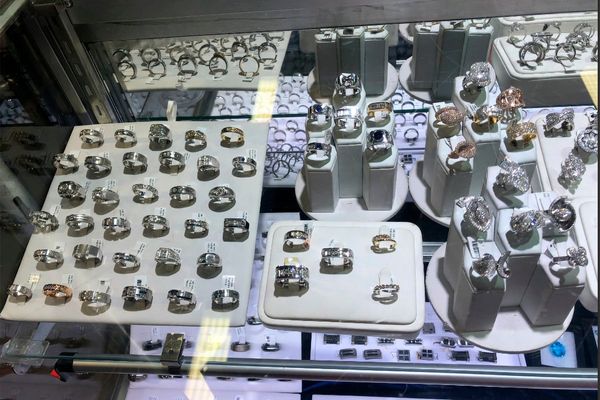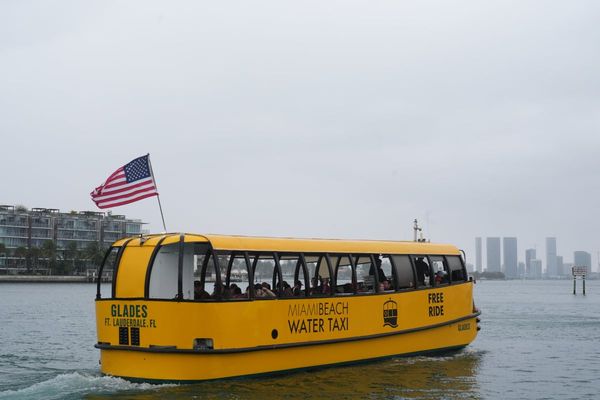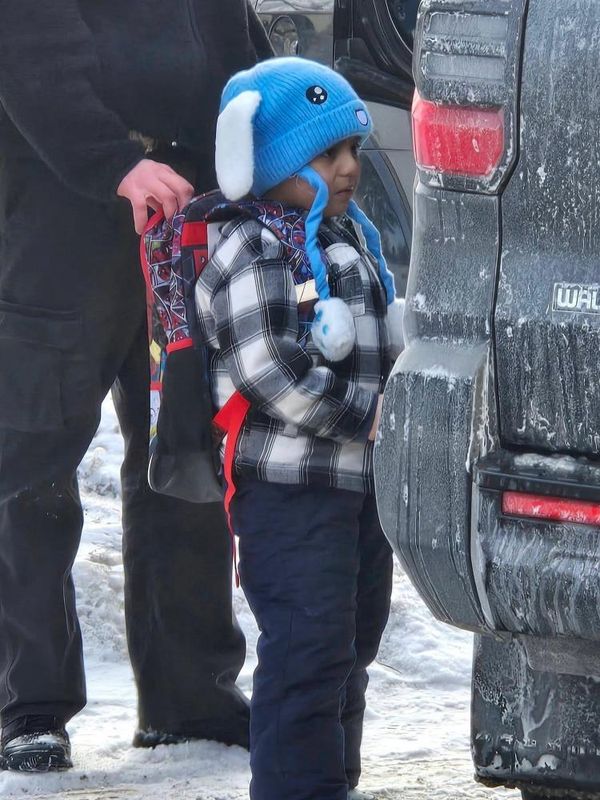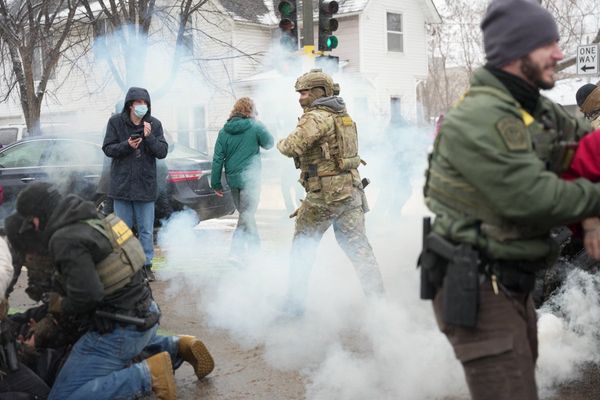Kalgoorlie-Boulder has been promoted for years as Australia's biggest outback city — famous for its red dirt and the discovery of gold in 1893.
By population, Kalgoorlie-Boulder (28,709 people) is bigger than Alice Springs (26,476), Mount Isa (18,271) and Broken Hill (17,230).
But if new figures are to be believed, it might not hold the title for much longer.
According to the Australian Bureau of Statistics (ABS), Kalgoorlie-Boulder's population has declined 13.7 per cent since 2013, falling from 33,267 to 28,709.
During the 2020-21 financial year, at the peak of the COVID-19 pandemic, the population dropped by 354.
The figures have sparked debate about their accuracy as some have suggested they do not reflect Western Australia's current mining boom, and they even surprised Premier Mark McGowan.
"A lot of regional WA is actually booming," Mr McGowan said in Kalgoorlie-Boulder on Thursday.
"A lot of people have, over the COVID period, decided to move to the regions because I think they wanted a change of lifestyle and this has provided that opportunity.
Mayor disputes 'misleading' figures
Kalgoorlie-Boulder's Mayor John Bowler called the new figures "misleading", saying he believes the actual population is between 32,000 and 33,000 people.
He said hotel accommodation in the city was almost fully booked and vacancy rates for rental properties were at record lows.
"They are just estimates and guesses. They don't do exact counting and I would say the curve of their numbers is three to four years behind the reality," Mr Bowler said.
Attracting visitors to the region is the job of tourism body Australia's Golden Outback, which has been using the phrase "the largest city in the Australian outback" to promote Kalgoorlie-Boulder for years.
It may not even be true. The Victorian city of Mildura (population 55,235) is often referred to as where the Mediterranean meets the outback.
At least one thing is certain, newcomers to Kalgoorlie-Boulder are finding it hard to find a place to live.
"Go and try rent a house … it has never been tighter," Mr Bowler said.
Kalgoorlie real estate agent Carla Viskovich echoed his comments.
"The vacancy rate is less than 1 per cent … the rental market is absolutely booming," she told the ABC last month.
Resources sector booming again
While mining is booming again in Kalgoorlie-Boulder across multiple commodities, gold still outshines iron ore, nickel, lithium, rare earths and uranium, all of which are found in large deposits in WA's Goldfields.
Recent ABS data showed $1.1 billion was spent on gold exploration in WA last year, including a record $277 million in the December quarter.
While the benefits have flowed to Kalgoorlie-Boulder, there is also no denying there have been massive increases in fly-in, fly-out (FIFO) work practices in recent years.
The local council owns the Kalgoorlie-Boulder Airport and is in a catch-22 situation of reaping the rewards of additional revenue for every passenger that lands, but it also translates into fewer ratepayers.
Last financial year, a total of 241,149 people passed through the Ron Yuryevich Terminal at Kalgoorlie-Boulder Airport, down from a record 305,102 two years ago before COVID-19 struck.
Kalgoorlie-Boulder Airport is on track for more than 300,000 passenger movements this financial year and the number of flights has recovered to 95 per cent of pre-COVID levels.
Plan to grow to 40,000
In April 2017, the City of Kalgoorlie-Boulder launched a formal Growth Plan aiming to grow the city's population to 40,000 people by 2030.
A casino, burlesque festival and a two-up convention were just some of the ideas floated in the economic blueprint.
Since then, construction of a $500 million rare earths refinery has begun, which will create about 120 operational jobs, and the federal government has awarded $120 million to a new nickel refinery in Kalgoorlie-Boulder.
The city's biggest employer, the Super Pit gold mine, which has about 1,300 workers and contractors, has also seen its mine life extended well into the next decade.
Mr Bowler said there were more projects in the pipeline. He is confident the city will meet its population target.
"One of the things we need to do as a City [council] is to start being more proactive in agreeing to land releases and accommodation projects, even accommodation villages.
"An accommodation village is something I've always opposed, but what will happen if we get a village, the FIFO workers who are taking up houses will move into the village and that will free up new houses for families."
Border closures change migration
Demographer and head of the ABS's regional population unit Andrew Howe said the figures were estimates which took births, deaths and migration patterns into account.
He said this week's statistics did not include data from the 2021 Census, which was due for release mid-year.
"This is the first year we've had the full effect of the pandemic, the closure of the international borders and we've seen some changes in internal migration, so for an area such as Kalgoorlie-Boulder, we did estimate a decline of about 350 for the latest year," he said.
"There has been an uptick in internal migration, so fewer people leaving the region.
Mr Howe said it was a similar story across regional WA, although the iron ore hubs of Port Hedland (15,768) and Karratha (23,243) both saw slight increases in population.
"Most of regional Western Australia has gone down over the last financial year," he said.
"The overseas migration shutdown really contributed a lot to that.







